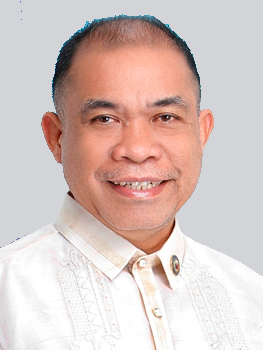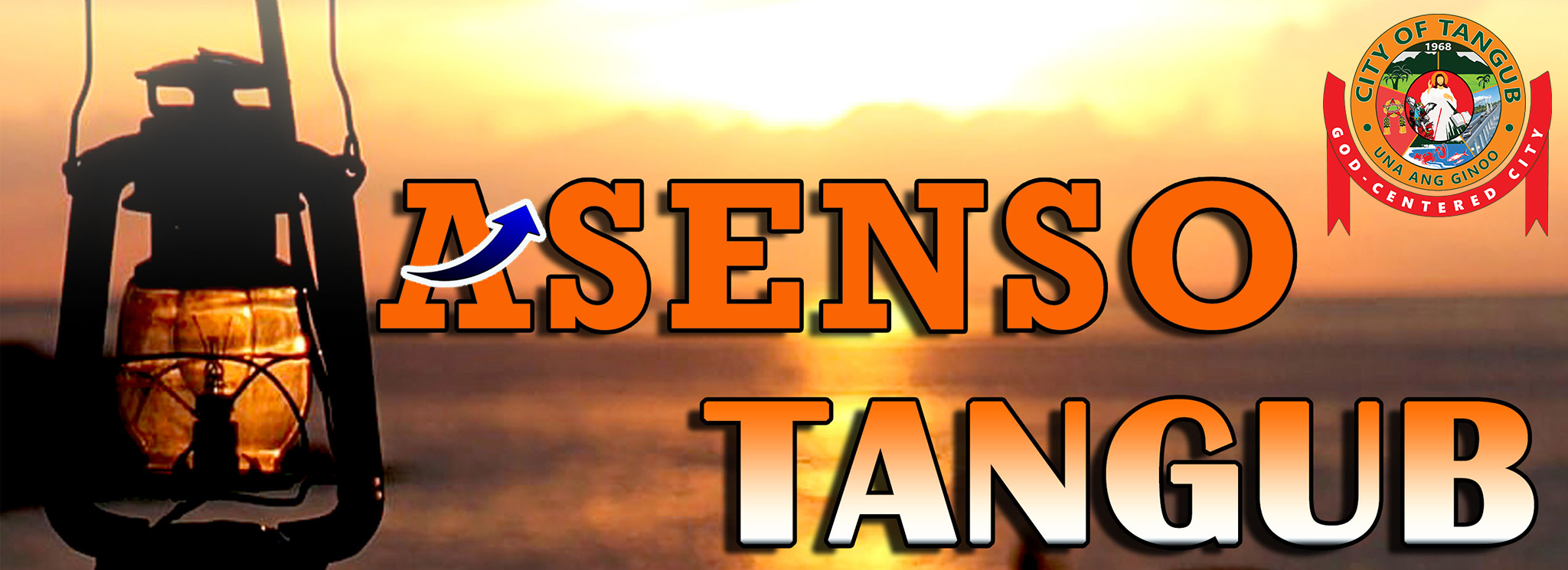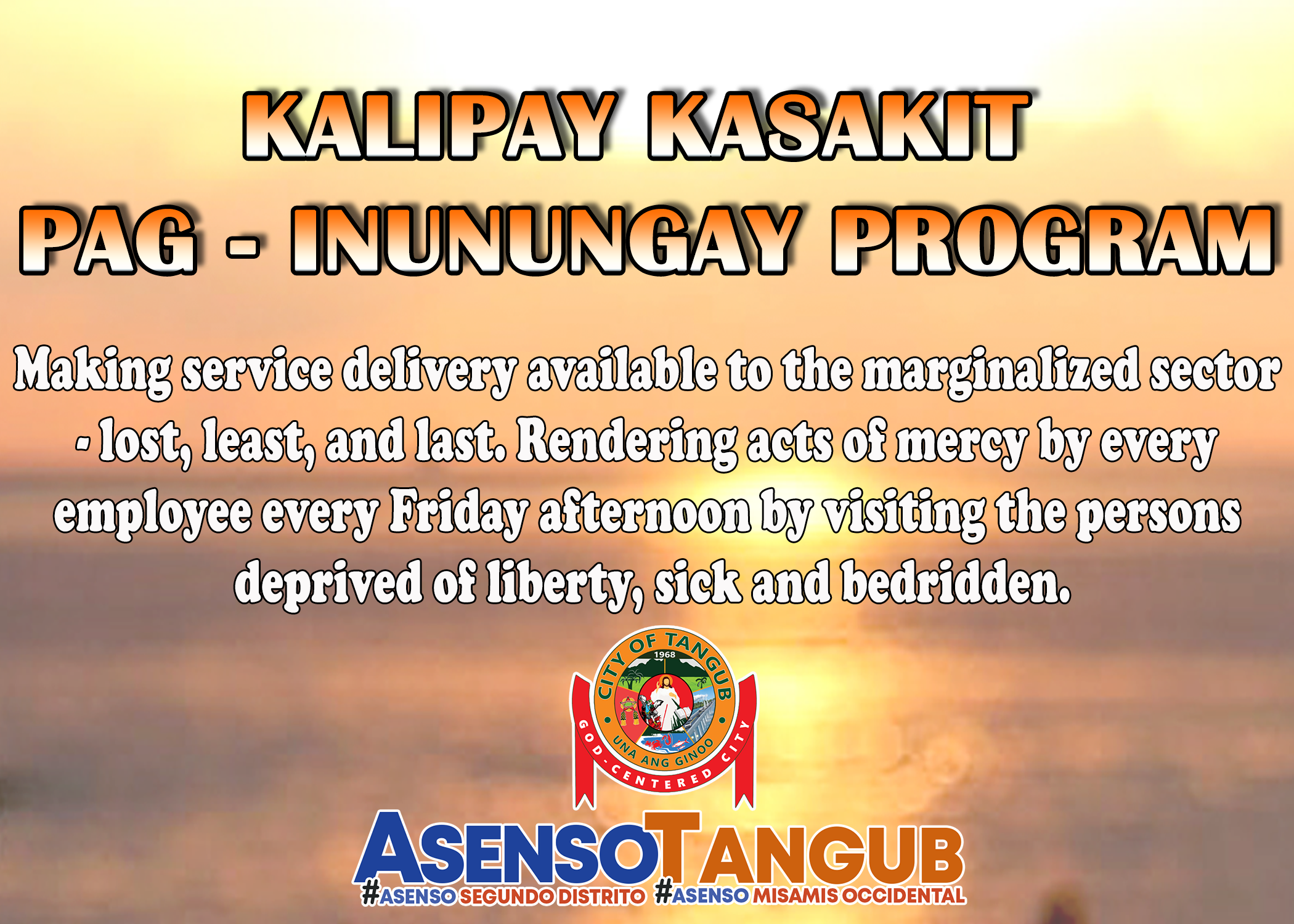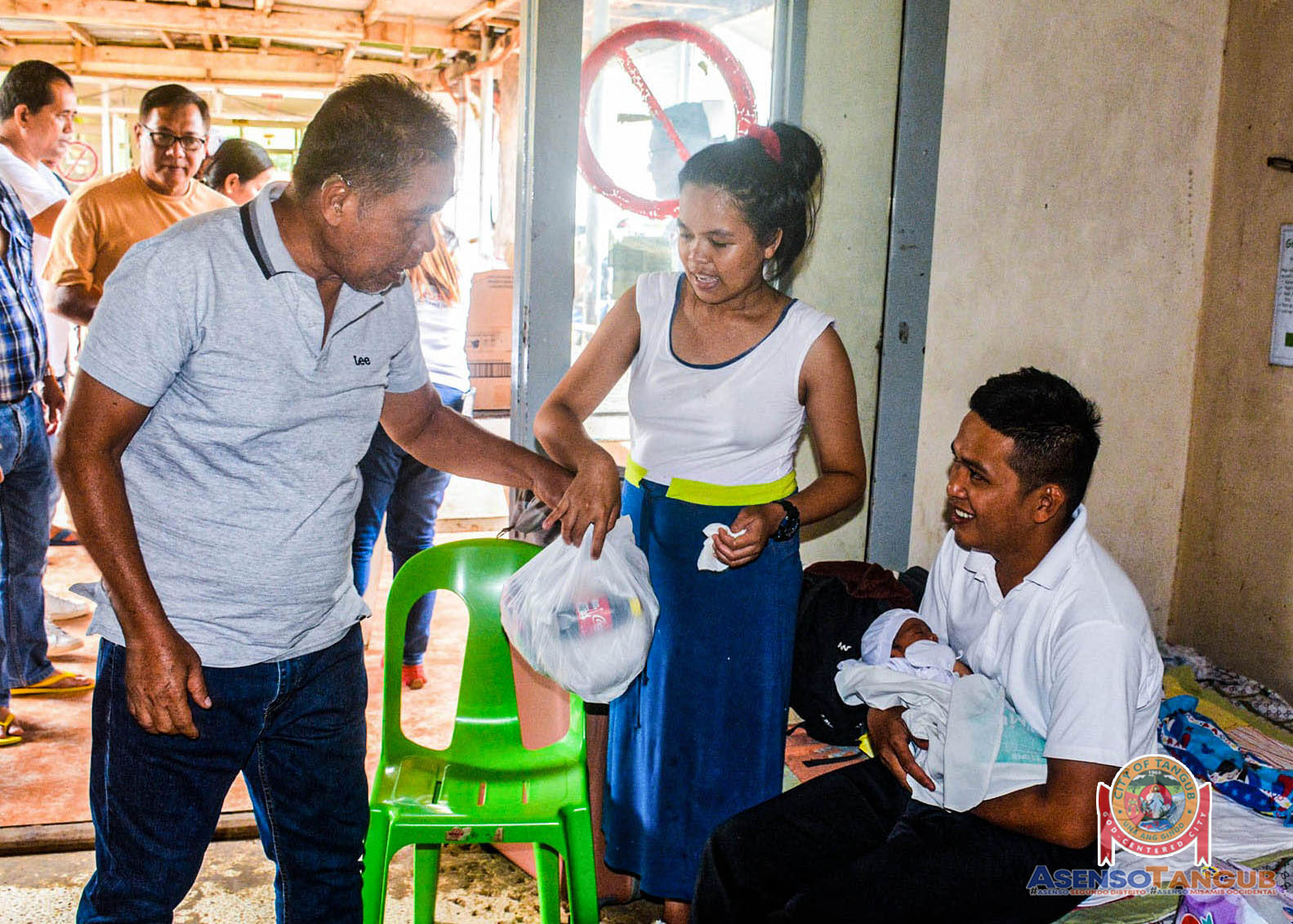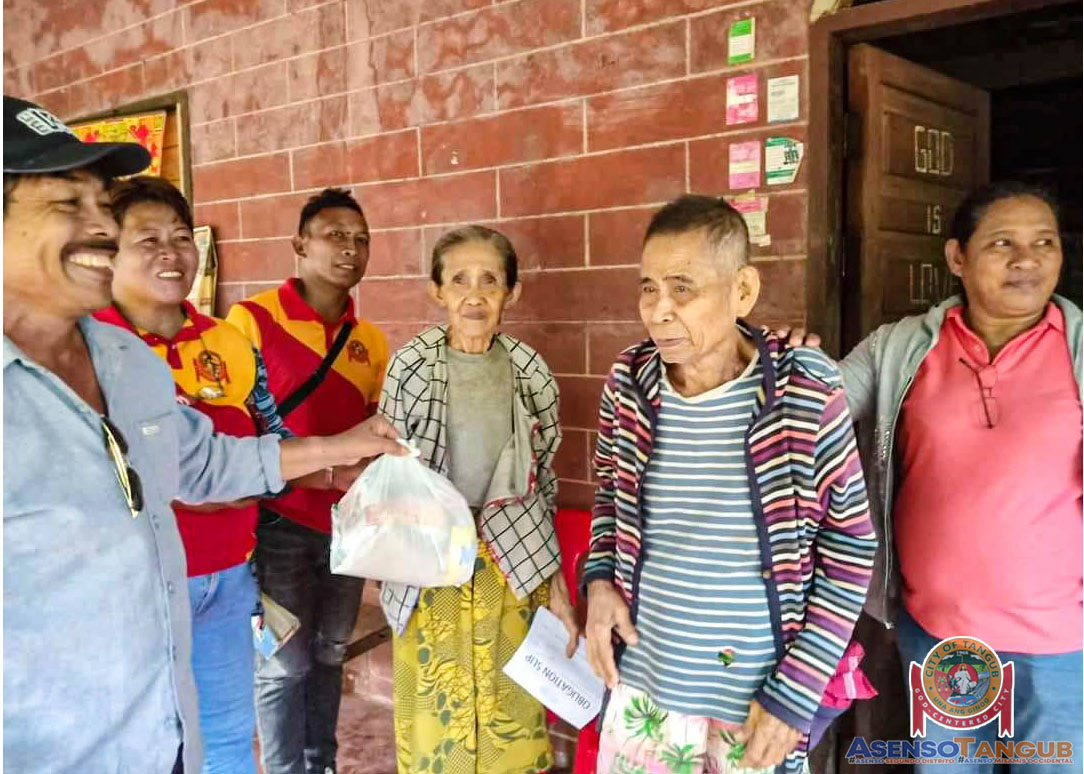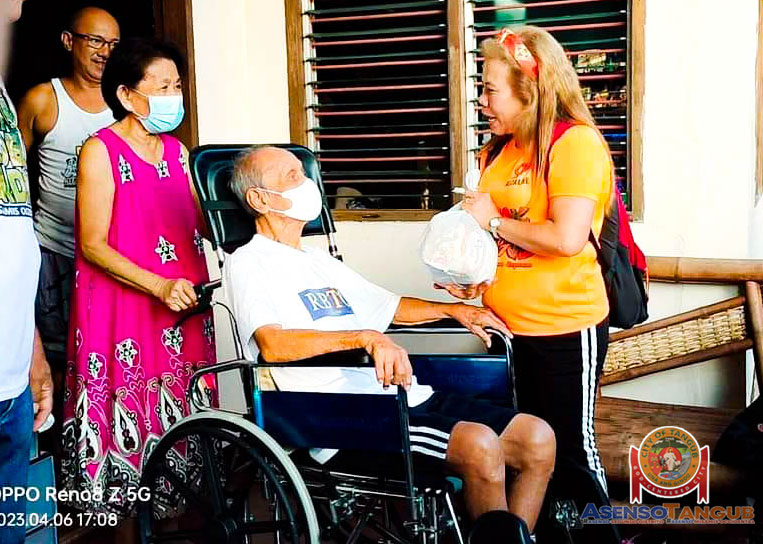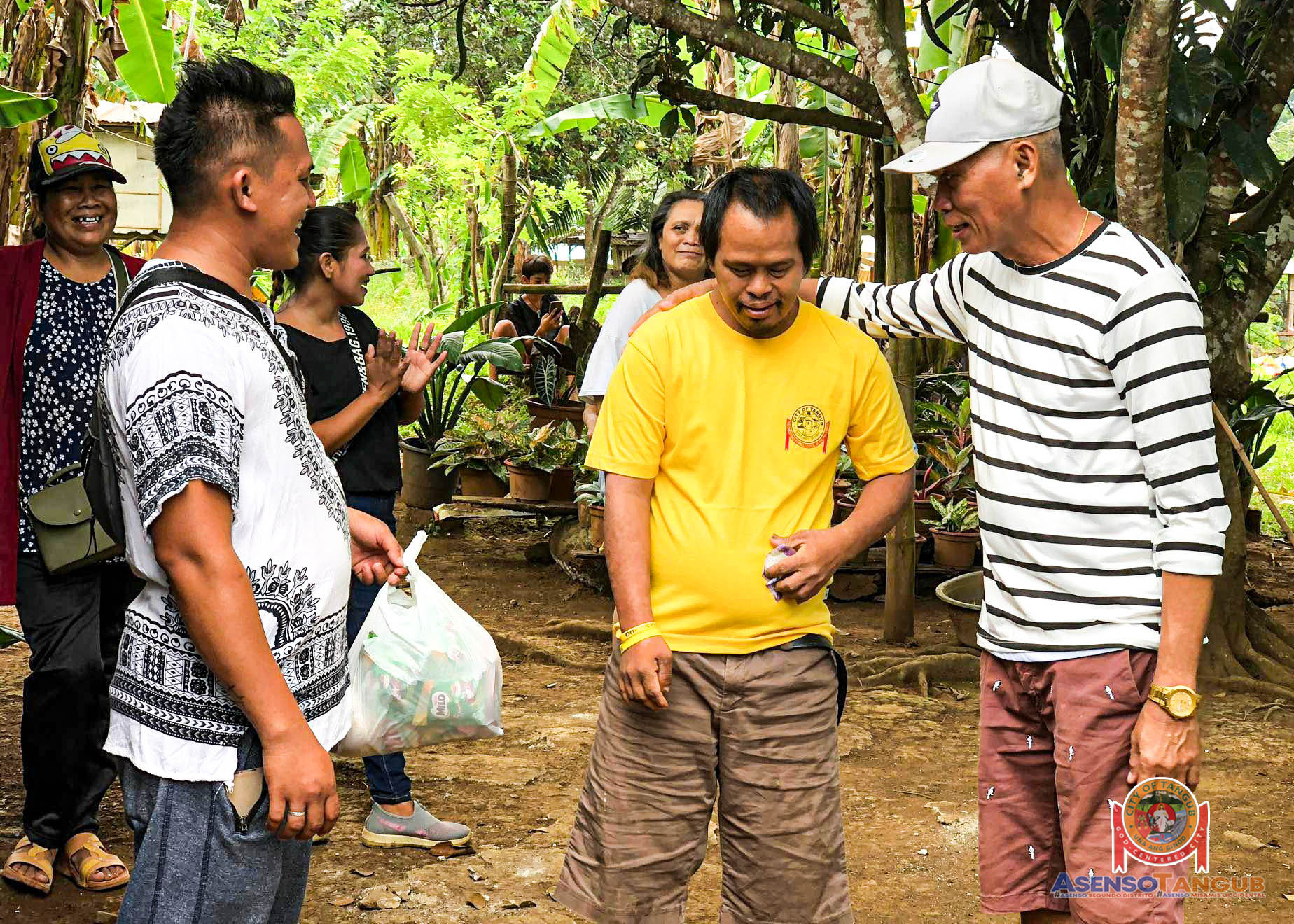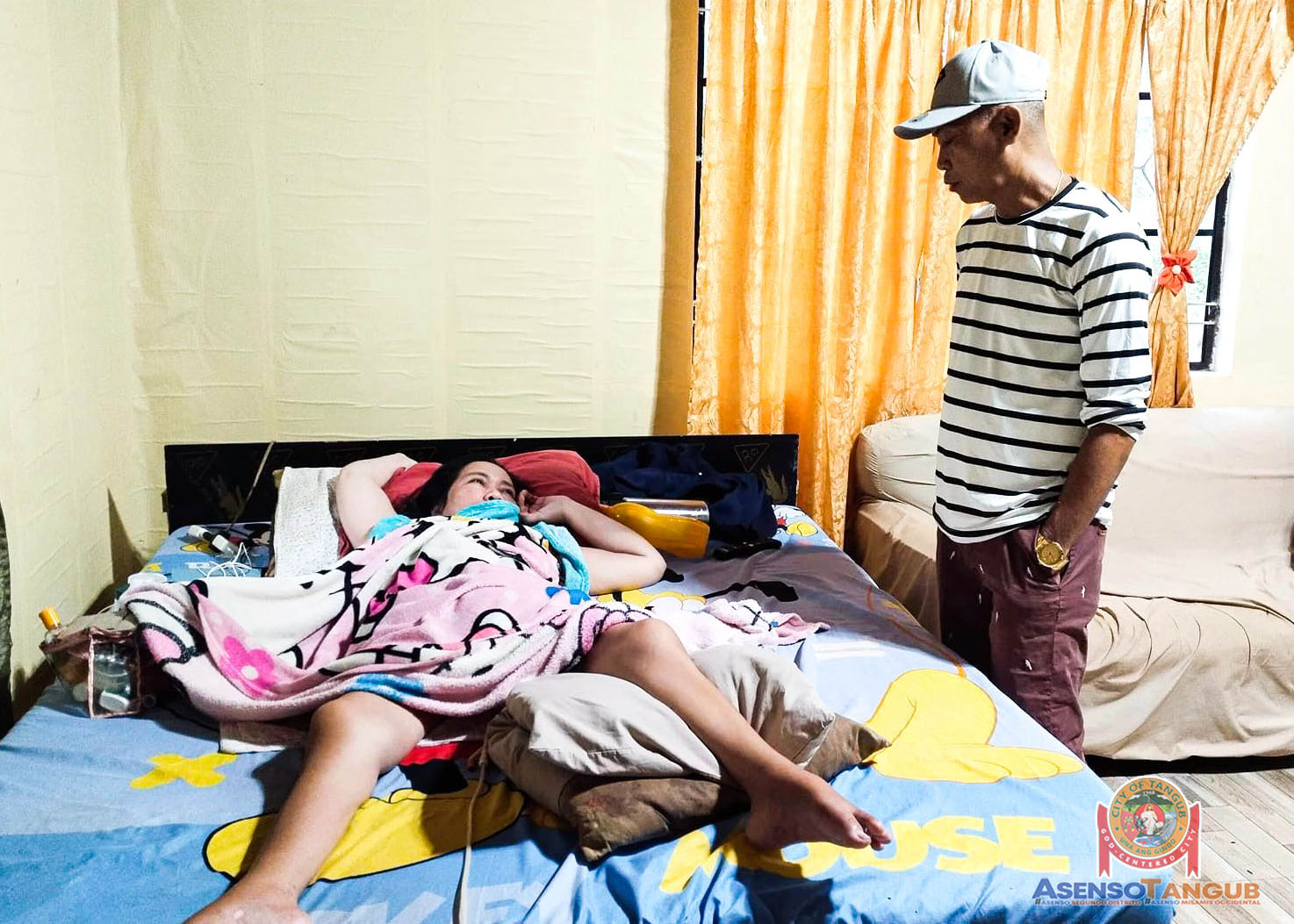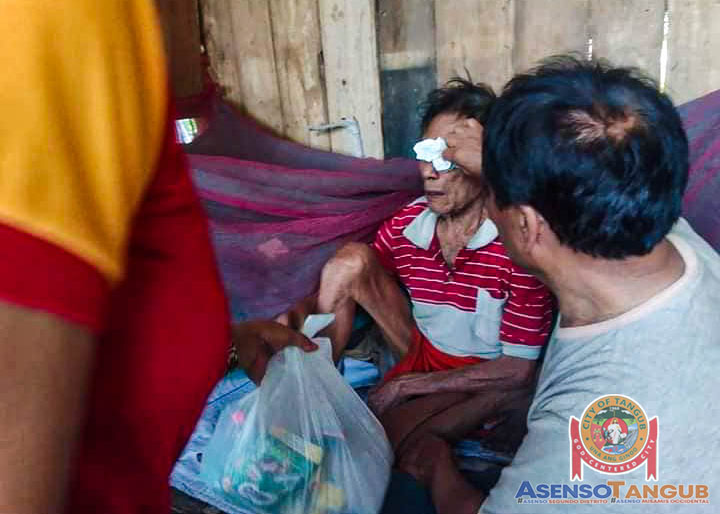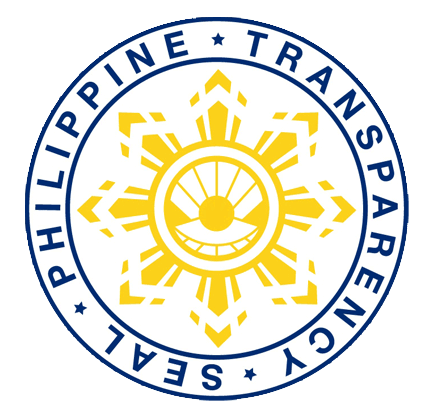Philippine Standard Time
TANGUB CITY UPDATES

December 1, 2024 | Libohang katawhan gikan sa nagkalain laing lugar ang midagsa sa Tangub City Plaza aron pagsaksi sa pagbukas...

November 13, 2024 | Gidagsa sa mga bata ang city plaza human nila masaksihan ang pagkahuman sa pagtukod sa maanindot nga carousel...

November 7, 2024 | 120 ka mga magtiayon gikan sa MIsamis Occidental ang pormal nga gikasal...

October 27, 2024 | Gibalhin na ang Integrated Bus and Jeepney Terminal sa Tangub gikan sa ...

October 15, 2024 | Usa ba ka sa estudyante nga sorpresang nakadawat ug regalo gikan...

September 27, 2024 | Ang Panguil Bay Bridge, nga gipaabot nga magdulot ug dakong epekto sa Mindanao...
LOOK | 56th City Charter Anniversary Celebration Activities
In June 1967, Tangub City became the 50th Chartered City of the Philippines under Republic Act 5131 and it was formally inaugurated on February 28, 1968.Tangub has gone a long way....
CURRENT EVENTS

November 23-December 1, 2024 Vol. | Issue No. 24
November 18-22, 2024 Vol. 1 | Issue No. 24
November 11-17, 2024 Vol. 1 | Issue No. 23
November 1-10, 2024 Vol. 1 | Issue No. 22
October 23-30, 2024 Vol. 1 Issue No. 21
October 12-21, 2024 Vol. 1 | Issue No. 20
October 1-11, 2024 Vol. 1 | Issue No. 19
September 20-29, 2024 Vol. 1 Issue No. 18
For previous newsletter issues, Click here
BUSINESS IN TANGUB
Investment Priorities
In two to three years, Tangub City’s changing landscape will accelerate the influx of people, business and ideas, especially with the completion of Panguil Bay Bridge. And with this, the socio-economic situation will surely change.
Prospective investors can look over this investment opportunities and tax incentives. This will help them decide to position should they find that Tangub is a profitable business destination. Read more
Investment Incentives
Tangub City offers a generous incentives to investor in terms of tax exemptions from local business taxes pursuant to Section 133 (g) LGC Tax Exemption Privileges through ordinances duly approved pursuant to Section 192 of the Local Government Code. Specifically, the city government provides tax exemptions from local licenses, fees and dues. Other incentives include a one stop documentation for simplified registration procedure with the assistance of Local Enterprise Investment and Promotions Office, connections to utilities and other agencies related to business investments. Read more
PROCUREMENT
Invitation to Bid
JUNE 2025 - G PB-06-107 PURCAHSE OF MATERIALS FOR GRAVELLING OF VARIOUS ROADS & WITH CULVERT
JUNE 2025 - G-PB-06-106 CONSTRUCTION IN PROGRESS & OTHER INFRASTRUCTURES
MAY 2025 - G-PB-05-087 G-PB-05-088 FABRICATION OF 44 UNITS OF TENTS AT TANGUB CITY
MAY 2025 - G-PB-05-087 CONSTRUCTION OF NEW PEOPLE'S MARKET
For Procurement Services Queries, Click here
JOB VACANCY
The City Planning and Development Office is in need of Project Evaluation Officer I, Administrative Assistant I (Computer Operator I), and Engineering Aide
The City Social Welfare and Development Office is in need of City Government Department Head I (City Social Welfare & Development Officer), and Nutritionist-Dietitian I
The City Agriculture Office is in need of Agricultural Technologist, Agricultural Technician I, (3) Administrative Aide I (Laborer I), Farm Supervisor, and (2) Farm Worker I
The City Civil Registrar's Office is in need of Administrative Aide IV (Bookbinder II), Administrative Assistant I (Computer Operator I), and Administrative Officer V (Records Officer III)
KKP PROGRAM

BARANGAY HIGHLIGHTS
Barangay Labuyo
Labuyo is a pre-war Barangy. It is one of the oldest barangays of Tangub City. Its name is derived from a rooster that woke up people at down, because according to an old story, many wild roosters were seen in the Barangay. Barangay Labuyo was divided into sitios namely “Lubing Bugtong” (now Aquino) Prenza, Garang and Maquilao. Because Mayor Alfonso Tan’s strong political will, the sitios become independent Barangays. Labuyo.... Read more
Barangay Lorenzo Tan
The ‘’SUBANENS” were the first settlers of Barangay Lorenzo Tan. They depended on hunting wild animals for food especially the meat needed during festivals, usually ‘’baboy ihalas’’ or wild pig.‘’PONTOD’’ was the first name given to the place; it was a sitio of Barangay Pangabuan. The name ‘’Pontod’’ was given by early settlers from Cebu to the people who were just wearing a ‘’G-string’’ or ‘’Bahag.’’Pontod was also a synonym .... Read more
Barangay Manga
In the early days, the Subanens inhabited the Mt. Malindang Range. According to this group of people, Barangay Manga was still a virgin forest and wild animals thrived everywhere. There was a portion of an area where a big mango tree was standing. The shade of the tree was used by the Subanens as their meeting place either for group assembly or simply a resting place. They enjoyed the taste of the fruit too..... Read more
TANGUB CITY MAYOR
